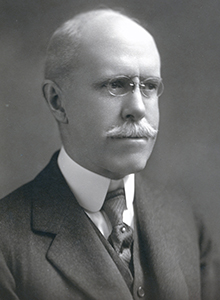
George W. Norris
- Governor, Federal Reserve Bank of Philadelphia, 1920 – 1936
George W. Norris stood at the helm of the Federal Reserve Bank of Philadelphia during the 1929 stock market crash and subsequent Great Depression, which together formed the deepest financial crisis of the twentieth century.
Although he was born in San Francisco, in 1864, Norris was a longtime resident of the Philadelphia area. In 1894, he accepted a position as a partner at the Philadelphia office of prominent investment banking firm Edward B. Smith and Company (which eventually became Morgan Stanley).
Following his stint in the finance field, Norris turned to public service. In 1911, he joined Mayor Rudolph Blankenburg's cabinet as director of the Department of Wharves, Docks, and Ferries for the city of Philadelphia.
In October 1914, Norris was appointed as a Class C director of the Philadelphia Fed. He resigned as vice chairman of the Reserve Bank's board of directors when, in August 1916, President Woodrow Wilson appointed him to serve as commissioner of the Federal Farm Loan Board, an administrative body formed that year to establish a credit system for rural farmers.
Norris remained in that post until he resigned in March 1920 to rejoin the Philadelphia Fed as governor, the role known today as president. In that position, he helped oversee the Federal Reserve's first open market operations in 1923. He also helped avert monetary panic on October 29, 1929, by issuing discounts and advances. He continued to serve as governor until he retired in February 1936.
Norris died in 1942.
Written by the Federal Reserve Bank of Philadelphia.See disclaimer and update policy.

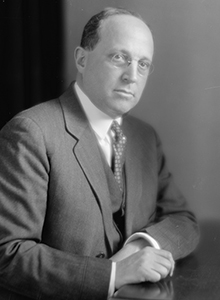
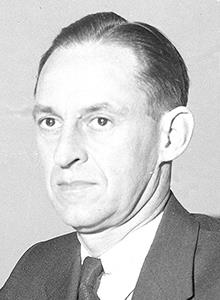
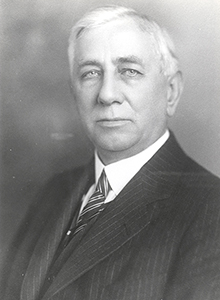
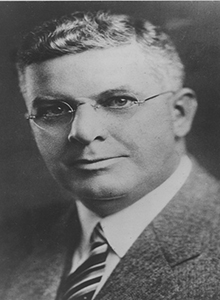
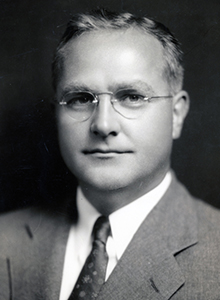
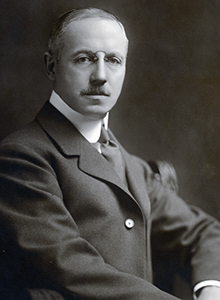
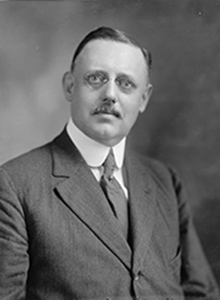
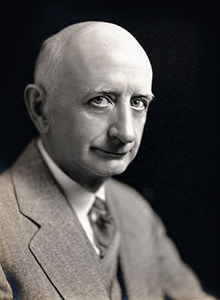
 X
X  facebook
facebook
 email
email